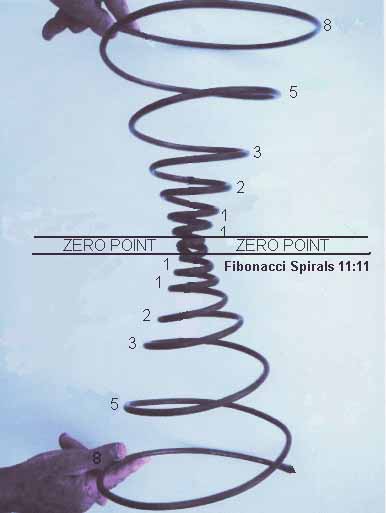Sweet warriour! when shall I have peace with you?
High time it is this warre now ended were,
Which I no lenger can endure to sue,
Ne your incessant battry more to beare.
So weake my powres, so sore my wounds, appear,
That wonder is how I should live a a bit,
Seeing my hart through-launced every where
With thousand arrowes which your eies have shot.
Yet shoot ye sharpely still, and spare me not,
But glory thinke to make these cruel stoures.
Ye cruell one! what glory can be got,
In slaying him that would live gladly yours?
Make peace therefore, and graunt me timely grace,
That al my wounds will heale in little space
Amoretti, Sonnet 57 by Edmund Spenser is a Petrarchan sonnet that revolves around the theme of love as a battleground.
The speaker addresses his beloved as a "sweet warrior" and expresses a desire for peace in their relationship. The speaker emphasizes that it is long overdue for their love conflict should come to an end. The speaker cannot bear to continue pleading or seeking resolution in the ongoing love struggle. The speaker pleads to no longer endure the continuous and relentless attacks or challenges from the beloved. The speaker describes the condition, weak and wounded, both emotionally as well as physically. The intensity of the suffering is such that the speaker wonders how he can continue to live even a little bit. The speaker's heart is metaphorically wounded everywhere, indicating the widespread pain caused by the beloved. The beloved's eyes are compared to arrows that have caused numerous wounds to the speaker's heart.
The speaker suggests that the beloved might find glory or pride in causing such cruel and challenging situations. The speaker questions the beloved's pursuit of glory through cruelty and highlights the contradiction in seeking honor through unkindness.
The speaker pleads for reconciliation and asks the beloved to grant him grace or mercy in a timely manner. The speaker believes that if peace is made and grace is given, all the wounds inflicted by love will heal quickly.
Edmund Spenser’s Sonnet 57 “Sweet Warrior” from Amoretti is a request of the lover to his beloved to end the war that is going on between them as the lover cannot anymore deal with the refusals from the beloved and asks the beloved to accept him so that he can be at peace with her. The lover calls the beloved as “Sweet Warrior” – an oxymoron of a sort, as warriors are usually brave and cruel to their enemies. But the beloved is a “sweet” warrior as she carries on battling the patience of the lover who pursues her all the time and she merely carries on refusing him and his proposals.
The lover feels that he cannot take the refusals anymore and submits to the beloved. His desperation and frustration is very much evident in the sonnet where the poet-lover presents himself to be a tormented soul because he is not able to deal with his heart breaks. He appeals to the beloved to end the war that she has waged against him and to accept his love.
In the next part of the poem, the poet lover speaks how from the eyes of the beloved she had short thousand arrows which have pierced through his heart. It is not that she has stopped shooting such arrows; she is still continuing to do that. The lover again makes pleas to the beloved to spare him now and to stop doing such ‘sweet violence’ on him as he cannot carry on living like this in pain forever. The lover calls these acts of the beloved to be very cruel – “Ye cruel one” – as she carries on wounding the lover again and again. The lover further asks the beloved what “glory” she is achieving in wounding the lover in such a fashion. It is usually in wars that the warriors are cruel to their enemies and carry on wounding the enemy till the enemy dies. The lover appeals to the beloved not to think of him as an enemy, but as a lover and further to accept him so that he can live peacefully with the beloved.
The poem this uses the imagery of war – prevalent in medieval age – to manifest the ways in which the beloved is treating the beloved. The lover seems to be constant in his pursuit of the beloved as even if the beloved carries on hurting him, he carries on living the beloved. Even though the beloved is cruel to him, it appears to be “sweet” to the lover as his love for her has made him accept the beloved the way she is and he is more than happy to get her in his life. Therefore, in spite of continuous refusals, the lover carries on loving her and hopes that she will someday realize his love for her.


![[POEM] I made “The Second Coming” by William Butler Yeats using the AI from Dream by WOMBO : r/Poetry](https://preview.redd.it/mkdwtdx3sb381.jpg?width=108&crop=smart&auto=webp&s=65281487b4e24e139d49d9e6cbe25303074ca857)